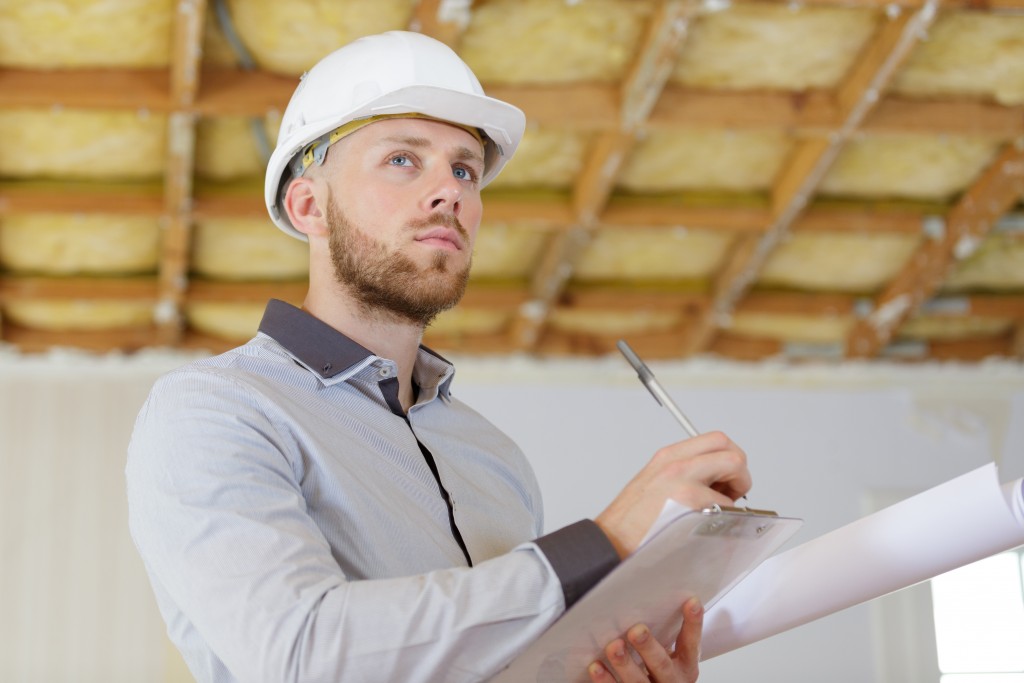With prices of existing homes continually rising, many Americans are finding the owner-builder route highly appealing. Why not be your own builder, indeed, if you have a profound knowledge of construction in addition to your carpentry skills?
As your own builder, you will act the general contractor of your home, and you’d be hiring sub-contractors on an as-you-need-them basis. This saves you a ton of money — as high as $30,000 if the cost of the project is about $200,000, for example.
That said, here are more tips to help you nail a budget-friendly home construction project without compromising durability and quality:
Stages of Building a House
This will be the order of the process you’ll go through:
- Site and Construction Basics – This is where your building site will be cleaned and professionally surveyed for any potential issues. Upon approval of the construction project, you may begin preparing the site for work by installing temporary facilities for sanitation and disposal, hiring an electrician to put up temporary electrical panels, and so on.
- Building the Foundation – With the help of a professional, you’ll start digging trenches for frost footings and pouring concrete in them.
- Running Plumbing and Electrical Lines – Plumbers and electricians shall “rough-in” their services.
- Pouring Concrete Slabs – For house slabs, you need to install slab foam board insulation first, then a gravel base will go over it, followed by a plastic vapor barrier, and a wire mesh reinforcement, before the slabs can be poured.
- Framing, Siding, and Roofing – This is where you’ll build the lumber framework for the floors, walls, and ceilings, then proceed to install sheathing, siding, and roofing.
- Plumbing and Electrical Lines – Another round of rough-in will ensue, now accompanied by HVAC specialists and masons.
- Drywalling and Trimwork – This includes installing cabinetry in the bathrooms, kitchens, and all other areas.
- Painting and Finish Work – This includes installing countertops, plumbing fixtures, and hardware.
- Flooring – As you near completion, you’d tackle the flooring in all areas, including tiled walls like backsplashes and bathrooms.
- Exterior Work – This involves landscaping and building a driveway.
After finishing, you should have your newly built home inspected by your lender, if you funded the project with a construction loan.
How to Save Money
If the 10-step process has overwhelmed or daunted you, there are ways to skip multiple steps in it, fortunately, and it will be easier on your budget.
Consider affordable building materials such as prefabricated panels, for example. These allow you to build a custom home much quicker and for less. They’re also sustainable because they don’t generate as much waste. Prefabricated concrete slabs are also available, and they’re a sturdier, more stylish material.
If you wish to go rustic, the affordable stone cladding will let you achieve that. You can install them on the entire exterior walls or just on a portion of it, and create an accent.
For trendy options, consider used shipping containers or reclaimed timber. The former is particularly popular in making small but cozy quarters, while the latter is known for its environmental benefits and beautiful, barn house appeal.
For something more masculine and chic, try industrial sheet and iron, which flawlessly achieves the trendy industrial-style design. Steel is also durable, cost-efficient, and long-lasting.
Ensuring Sturdiness

Cheap building materials don’t mean poor quality, as long as you select durable types, and invest your time and effort in strengthening the foundation. You also need superior-quality tools and construction products, including powerful adhesives such as the trusted Sikaflex® Pro Adhesive Silicone or any other high-quality adhesive. A good construction adhesive will ensure that your concrete joints, frames, and floorboards are all securely sealed, never falling apart even when under extreme, violent conditions.
By using these tips, your DIY home construction project will be hassle-free and you can be confident that you’ll end up with a lovely, durable, and safe retreat.
